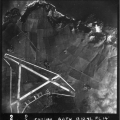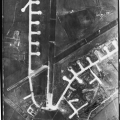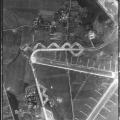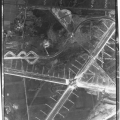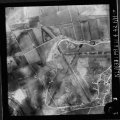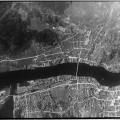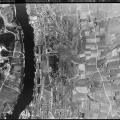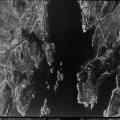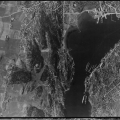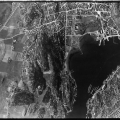Strike Wings
 ROYAL AIR FORCE COASTAL COMMAND, 1939-1945.© IWM (HU 93037)
ROYAL AIR FORCE COASTAL COMMAND, 1939-1945.© IWM (HU 93037)
During the Second World War, RAF Coastal Command anti-shipping operations were flown from airfields in north-east Scotland between September 1944 and May 1945. Several squadrons were based at RAF stations at Dallachy and Banff and made sorties to the Norwegian coastline on an almost daily basis in their Bristol Beaufighter and de Havilland Mosquito fighter-bomber aircraft. It was their task to seek out and destroy merchant ships carrying vital raw materials and supplies from Norway to Germany.
This feature presents a selection of aerial photographs of the base airfields in Scotland along with two frequently raided locations in Norway, showing evidence of the destruction caused there.
Dallachy, Scotland
Dallachy opened in March 1943 and was occupied by Beaufighter aircraft of the Dallachy Strike Wing from September 1944 to June 1945. This Wing comprised No.144 Squadron Royal Air Force, No.404 Squadron Royal Canadian Air Force, No.455 Squadron Royal Australian Air Force and No.489 Squadron Royal New Zealand Air Force. These units carried out the same types of operation as the Banff Wing, often operating in tandem with Mosquitos from Banff. |
Porsgrunn, Norway
On Friday 30 March 1945, Mosquito fighter-bombers from Banff attacked merchant shipping moored along the quaysides at Porsgrunn, Norway. These photographs from sortie 106G/L/0104, flown by a photo-reconnaissance Mosquito of 544 Squadron on 6 May 1945, show the positions of those ships sunk or damaged during the attack.
One Mosquito of No.235 Squadron, ‘T-Tommy’ flown by Flt Lt W Knowles, struck high-tension power lines while attacking at very low-level and crashed among trees to the east of the quayside warehouses.
Visible in this image, on their sides or settled on the riverbed, are the wrecks of the Scharhorn (2642 tons, with a cargo of salt), Torafire (823 tons) and Svanefjell (1371 tons). The latter two ships were raised and repaired in the 1960’s. |


